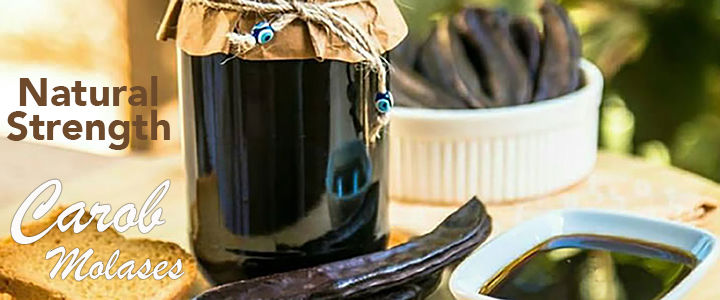English
You have no items in your shopping cart.
Bakkal's Bazaar Shop
EVIL EYE Key Chain Collection #5 (1pc)
The evil eye (Turkish: Nazar, Greek: μάτι mati, "eye"; Hebrew: עַיִן הָרָע; Arabic: عين ayn; Persian: چشم cheshm) is a superstitious curse or legend, believed to be cast by a malevolent glare, usually given to a person when one is unaware. The evil eye is a superstitious curse or legend, believed to be cast by a malevolent glare, usually given to a person when one is unaware. It dates back at least to Greek classical antiquity, 6th century BC where it appeared on Chalcidian drinking vessels, known as 'eye cups', as a type of apotropaic magic.
$4.99
ZAHARNI ZAVODI Rose Blossom Lokum 170g
Zaharni Zavodi's Lokum, or Turkish Delight, is a yummy treat you will quickly fall in love with. Enjoy during any time of the day and share with family and friends. Pick some up today and enjoy! Product of Bulgaria.
$4.99
EVIL EYE Key Chain Collection #6 (1pc)
The evil eye (Turkish: Nazar, Greek: μάτι mati, "eye"; Hebrew: עַיִן הָרָע; Arabic: عين ayn; Persian: چشم cheshm) is a superstitious curse or legend, believed to be cast by a malevolent glare, usually given to a person when one is unaware. The evil eye is a superstitious curse or legend, believed to be cast by a malevolent glare, usually given to a person when one is unaware. It dates back at least to Greek classical antiquity, 6th century BC where it appeared on Chalcidian drinking vessels, known as 'eye cups', as a type of apotropaic magic.
$4.99
EVIL EYE Key Chain Collection #7 (1pc)
The evil eye (Turkish: Nazar, Greek: μάτι mati, "eye"; Hebrew: עַיִן הָרָע; Arabic: عين ayn; Persian: چشم cheshm) is a superstitious curse or legend, believed to be cast by a malevolent glare, usually given to a person when one is unaware. The evil eye is a superstitious curse or legend, believed to be cast by a malevolent glare, usually given to a person when one is unaware. It dates back at least to Greek classical antiquity, 6th century BC where it appeared on Chalcidian drinking vessels, known as 'eye cups', as a type of apotropaic magic.
$4.99
EVIL EYE Key Chain Collection #8 (1pc)
The evil eye (Turkish: Nazar, Greek: μάτι mati, "eye"; Hebrew: עַיִן הָרָע; Arabic: عين ayn; Persian: چشم cheshm) is a superstitious curse or legend, believed to be cast by a malevolent glare, usually given to a person when one is unaware. The evil eye is a superstitious curse or legend, believed to be cast by a malevolent glare, usually given to a person when one is unaware. It dates back at least to Greek classical antiquity, 6th century BC where it appeared on Chalcidian drinking vessels, known as 'eye cups', as a type of apotropaic magic.
$4.99
Lino Lada White Hazelnut Spread 350 g
Lino lada milk provides you abundance of energy, which will undoubtedly bring it to the menus of athletes and children, but also of all the fans of desserts. It can be eaten as a bread spread, for filling pancakes, with ice-cream, for preparing delicious cakes and desserts, or as a treat on its own. Product of Croatia
$7.99
.gif)

















































.jpeg)